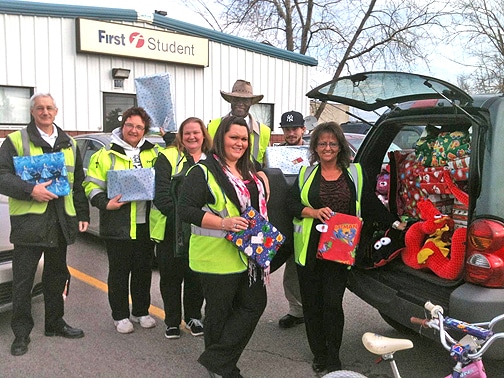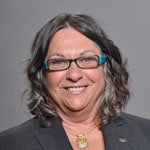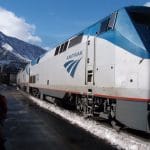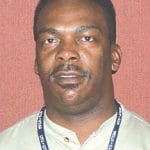 The federal government is relaxing a rule for drivers of buses and large trucks who are involved in out-of-state traffic violations. ??
The federal government is relaxing a rule for drivers of buses and large trucks who are involved in out-of-state traffic violations. ??
The Federal Motor Carrier Safety Administration, an office of the Department of Transportation, is eliminating a requirement that drivers notify their state’s licensing agency when they are convicted of a traffic offense in another state. ??
In its final rule published in the Federal Register April 26, FMCSA amends its commercial driver’s license (CDL) rules to eliminate the requirement for drivers to notify the state licensing agency that issued their commercial learner’s permit (CLP) or CDL of out-of-state traffic convictions when those convictions occur in states that have a certified CDL program in substantial compliance with FMCSA’s rules.
Current regulations require both CDL holders and states with certified CDL programs to report a CDL holder’s out-of-state traffic conviction to the driver’s state of licensure.
This final rule amends the CDL rules to eliminate this reporting redundancy for those cases in which the conviction occurs in a state that has a certified CDL program in substantial compliance with FMCSA’s regulations. This change will reduce a regulatory burden on individual CLP and CDL holders and state driver licensing agencies.
“The anticipated benefits of the rule will take the form of reduced paperwork burden hours and expenditures for the reporting of out-of-state traffic convictions,” the agency said in the new rule.
Under the rule, which will take effect in 30 days, states will continue sending reports to each other, but no action will be required from drivers.
“This is a favorable change to this rule, however, it does not eliminate a commercial driver, especially a bus driver, from following a carrier’s policy of reporting traffic or moving violations to the company once convicted, or based on the individual company policy,” said SMART Transportation Bus Vice President Bonnie Morr. “Drivers still need to report a violation based on their employer’s policy.”
The change comes as result of an Obama administration initiative to reduce regulatory burdens. ??
In 2011, the Transportation Department asked the public for suggestions on possible ways to cut back on unnecessary rules.
The SMART Transportation Division’s Legislative Office in offered suggestions to the FMCSA in February 2011.
The federal government has set minimum national standards for drivers of commercial vehicles since the 1986 enactment of the Commercial Motor Vehicle Safety Act, but each state has its own procedures and rules for the licenses. ??
In order to receive highway and grant funding, states must meet the benchmarks of the commercial driver’s license program, which includes a requirement that states report commercial drivers’ out-of-state traffic convictions to their home state within 10 days. Drivers were required to report the convictions within 30 days.

 It’s not all we wanted, but, maybe more important, it’s not as bad as it could have been.
It’s not all we wanted, but, maybe more important, it’s not as bad as it could have been. The relationship between railroads and bus companies has a long history not known by many UTU members.
The relationship between railroads and bus companies has a long history not known by many UTU members.
 WASHINGTON — Congress, unable to agree on very much lately, has agreed on funding for Amtrak, bus transportation, commercial aviation and transit through Sept. 30, 2012.
WASHINGTON — Congress, unable to agree on very much lately, has agreed on funding for Amtrak, bus transportation, commercial aviation and transit through Sept. 30, 2012.


